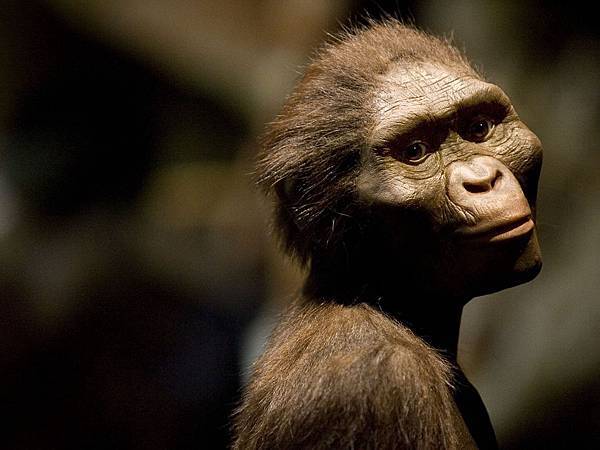巨爵看起來很威,但我只會想到REFUSE~
![]() 今日主題:Looking Back on 40 Years of Lucy
今日主題:Looking Back on 40 Years of Lucy
回首露西40年
![]() 托福聽力最好的課外教材:60-Second Science
托福聽力最好的課外教材:60-Second Science
康康精選托福會考的主題,堅持每天精聽一定會進步的哦!!
![]() 建議方法:
建議方法:
1. 先聽兩三遍(不看文稿)
2. 再一句一句聽寫
3. 最後check文稿,看哪聽不出來,單字沒背過,還是發音不熟。
4. 堅持天天聽,就能每天進步哦。
![]() MP3音檔:喜歡的同學,幫忙推或按讚哦~~
MP3音檔:喜歡的同學,幫忙推或按讚哦~~
http://online1.tingclass.net/voaspe/…/20141211sa_science.mp3
![]() 只有音檔怎夠,聽不懂地方,不用怕,康康幫你準備好中英文稿了:
只有音檔怎夠,聽不懂地方,不用怕,康康幫你準備好中英文稿了:
![]() 中英文稿:
中英文稿:
Forty years ago yesterday, November 24, 1974, paleoanthropologist Donald Johanson found in Ethiopiawhat's arguably the most famous and important fossil of a human ancestor: Lucy. Last month, at the ScienceWriters2014 meeting in Columbus, Ohio, Johanson talked about the moment he laid eyes on Lucy.
四十年前的昨天,即1974年11月24日,古人類學家唐納德‧約翰遜在埃塞俄比亞發現了可以說是最著名也最重要的人類祖先化石:露西。上個月在俄亥俄州哥倫布市召開的2014科學作家年會上,約翰遜談到了他第一眼見到「露西」的那一刻。
On that eventful day in 1974 I was out, with a graduate student, Tom Gray, and we were walking back to our Land Rover to go back to camp to enjoy a swim in the river with the crocodiles and enjoy a nice little lunch. And I am always looking at the ground. I find more quarters by parking meters than anybody I know, I think. And you know how it is you find what you're looking for, right?
「在1974年那個重大的一天,我跟一個叫湯姆‧格雷的研究生在外面。當時我倆正走向我們的座駕蘭德‧路華,準備回營地在河裡跟鱷魚們一起游個泳,然後美 美地吃個午餐。我總是習慣看著地面。我能在停車計時器周圍比任何我認識的人有更多發現,至少我認為是這樣。我想大家都懂得,當你發現自己一直想找的那樣東 西時的那種感覺吧」
「Because a year before the discovery a geologist had left his footprints four-to-five feet away from the skeleton, because he was looking for rocks. I was looking for bones. And I found a little piece of elbow, that little hinge that allows us to flex and extend our arm. And I knew from my studies of osteology, of comparative anatomy and so on, that this had to be from a human ancestor.
「在我有此發現的前一年,一個地質學家因為找岩石,曾到過離該骨架五英呎遠的地方。而我去那裡是找為了找骨骼。我發現了一小塊手肘骨,就是能使手臂彎曲伸展的那個關節點。我從學習骨科學、比較解剖學等科學的經驗判斷,這塊骨頭一定來自一位人類祖先身上。」
「And I as looked up the slope, I saw other fragments eroding out. And we recovered over a two-week-long excavation operation roughly, not counting hand and foot bones, 40 percent of a skeleton. And this was important because first of all it broke the three-million-year time barrier. All the fossils older than three million years at that point in the history of paleoanthropology would fit in the palm of your hand…we didn't know it was a new species really until a few years later when we finally published in 1978 the name Australopithecus afarensis.」
「我順著斜坡往上看,看到其它一些骨骼片段因受侵蝕裸露出來。經過一個長達兩週的艱難挖掘作業, 不算手骨和腳骨,我們重獲了40%的骨架。這一點非常重要,因為首先它打破了三百萬年的時間界限。由此可得,在古人類學歷史上所有三百萬年前的化石都能與 大家的手掌骨架相吻合…當時我們還真不知道這是一個新物種,直到幾年後在1978年,我們最終以「南方古猿阿法種」之名將其公佈。



 留言列表
留言列表
